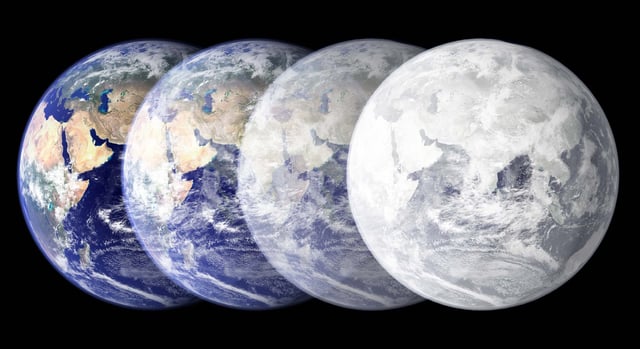Overview
- Scientists have confirmed that Earth's glacial cycles over the past 900,000 years are driven by predictable changes in its orbit, tilt, and wobble relative to the Sun.
- Without human influence, the next ice age was projected to begin in approximately 10,000–11,000 years, with glaciation potentially already underway according to natural patterns.
- The study highlights how greenhouse gas emissions from human activity have disrupted these natural cycles, likely delaying the next ice age by tens to hundreds of thousands of years.
- The research provides a clearer understanding of the 100,000-year cycle of glaciation and deglaciation, solving a long-standing mystery in paleoclimate science.
- Scientists aim to use these findings to model Earth's natural climate trajectory and better quantify the long-term impacts of human-induced climate change.



